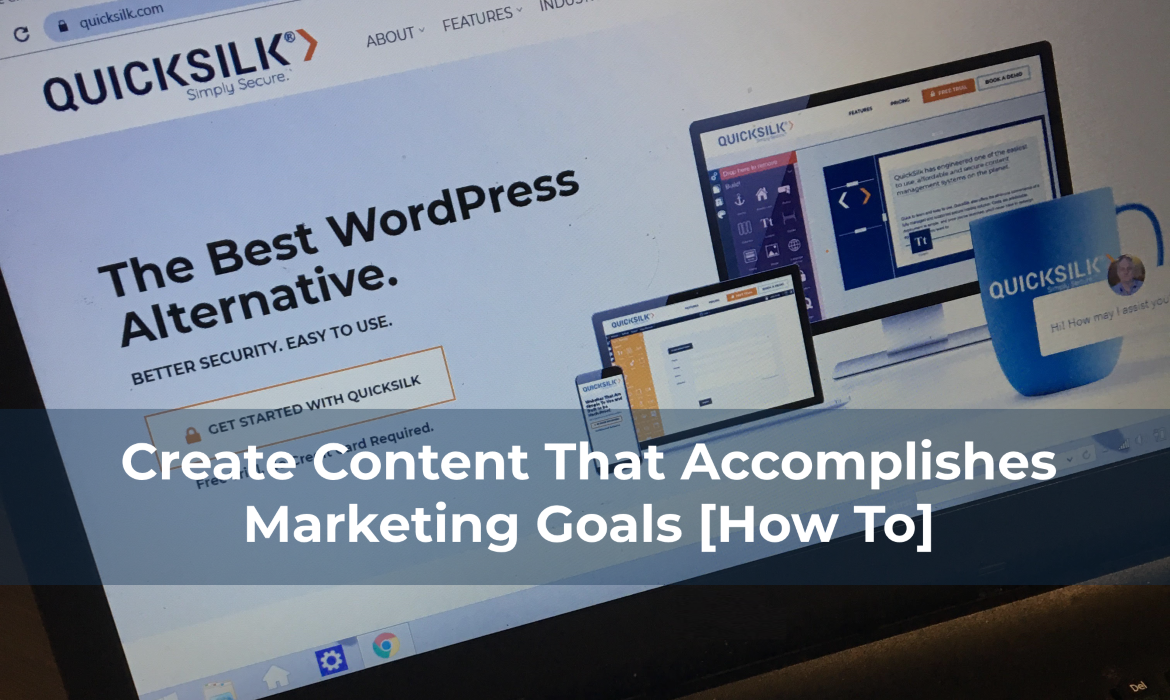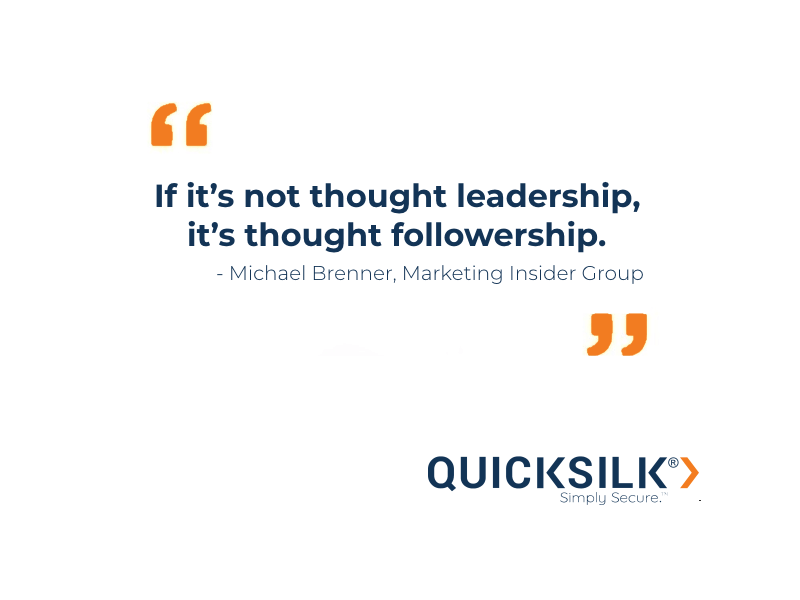
Businesses and marketers everywhere are struggling to generate content ideas that will captivate their consumer audience and encourage more sales. The key to overcoming this creative challenge is to diversify your marketing message across topics that educate and entertain audience members. To discover topics that will help you consistently reach your content marketing goals, draw inspiration from the following five content categories:
-
Top-of-Funnel
-
Case Study
-
Branded
-
Thought Leadership
-
Product
1. Top-of-Funnel
Top-of-Funnel content is not intended to sell the audience on a product or service. To the contrary, it delivers information that educates, helps, and answers common questions or addresses pain points. It is unbiased and in no way self-serving.
Typically, top-of-funnel posts are designed to capture organic search traffic and introduce consumers to your brand. An example of this type of post would be “Create Quality Content Everyday Without Struggling”.
To encourage greater reach within organic search results, top-of-funnel content should constitute the greatest percentage of content in your overall marketing mix.
2. Case Study
A case study is an article or post that explains how someone used your product/service to accomplish something. They help establish your brand as a topical authority, they demonstrate how your product/service ca3n be used to solve a real problem, and they provide consumers a glimpse of how your product/service can meet their needs.
When creating a case study, follow this simple format:
-
Title or Headline. Summarize the customer, their problem, and the result.
-
Executive Summary. One or two paragraphs to summarize the contents of the case study.
-
Subject. Describe who is participating in the case study.
-
Problem to be Solved. Detail the challenge your product/service helped overcome.
-
Solution. Be very specific about how your company, product, or service provide value to the subject.
-
Results. Use graphs and imagery to illustrate statistics.
From a business perspective, case-studies are positioned at the bottom of the marketing funnel, because they are likely to get the most conversions; i.e. free trial as the CTA in a case study has proven to be very effective.
Generally speaking, aim to create a few, very strong case studies.
3. Branded
Although, generally speaking, consumers don't find it very appealing, companies need branded content. Producing and sharing branded content helps them build visibility, expand their audience, promote their goods or services, and convey their brand vision.
Posts or articles that are focused on your brand or brand-related terms like “best WordPress alternative” and “most secure CMS" are regarded as branded posts. These are designed to build awareness by associating the brand with content that shares its core values.
Because these content pieces are more focused on raising awareness and generating positive brand perceptions, their intention is to build connections through mutual interests and shared values, not sales goals or blatant promotions.
4. Thought Leadership
Content focused on thought leadership is typically created by a senior member of a company and (generally) does not focus on any specific keyword or phrase.
Thought leadership posts are intended to build your audience’s trust in your talent, passion, and expertise. Most often, this is accomplished by exercising a higher level of thinking about the strategic problems facing an industry; for example, identifying customer challenges and defining the best ways to overcome them.

If it’s not thought leadership, it’s thought followership. - Michael Brenner, Marketing Insider Group
Most everyone we meet has an agenda. Your audience members know this too. Go against their expectations by giving them something for nothing. By freely sharing your insights and expertise with no strings attached, you are giving people a reason to trust you.
When creating thought leadership content, Grist’s Value of B2B Thought Leadership Survey respondents recommend that you avoid:
-
being too conceptual – provides no specific recommendations to implement (47%)
-
featuring unsubstantiated opinions (40%)
-
being difficult/boring to read (38%)
5. Product
Content that is centered on your company’s product/service are known as product content. In the past, product posts have typically been very poor quality images, video, copy, and/or technical drawings of a product. Nowadays, businesses are introducing product content that inspires the "wow" factor, piques interest, engages consumers, and encourages visitors to remain on the business' page.
Before a consumer commits to making a purchase, they collect product information and details. To answer their questions, focus your content creation efforts on addressing factors that influence their purchase decision. and deliver insight into how the product fits their individual needs.
Your goal for creating product content is to deliver a “product experience”.
Conclusion
Delivering a diverse mix of content, like the five types outlined above, is very effective in moving audience members further down your marketing funnel. Regardless of the type of content you choose to generate - whether it’s top-of-funnel, branded, case study, thought leadership, or product posts, focus your efforts on creating useful, high-quality content that entertains and educates consumers.